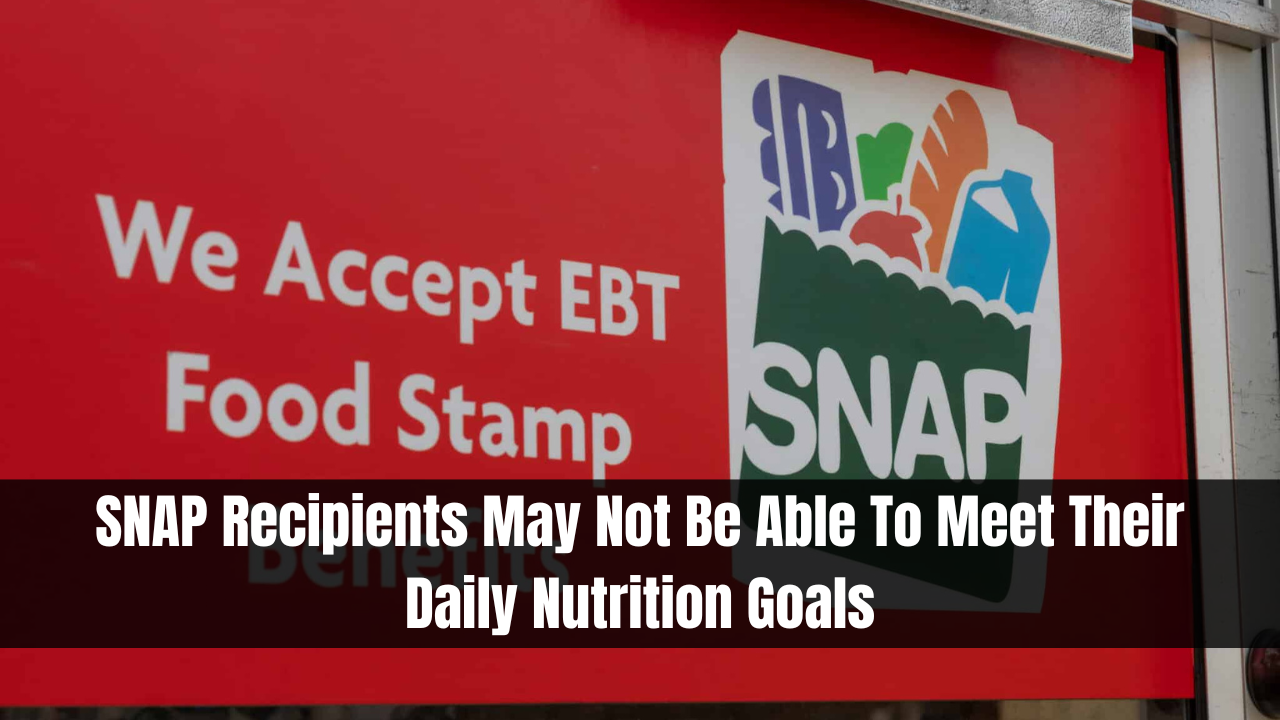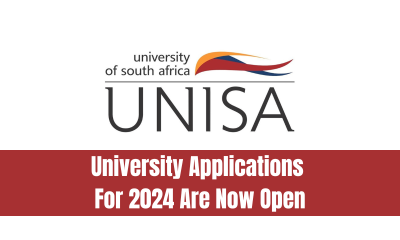SNAP
SNAP Recipients May Not Be Able To Meet Their Daily Nutrition Goals

SNAP Recipients May Not Be Able To Meet Their Daily Nutrition Goals. A recent study reveals that participants in the Supplemental Nutrition Assistance Program (SNAP), particularly those residing in low-income households and food deserts, may struggle to meet the recommended nutrition levels outlined by the Dietary Guidelines for Americans.
Economic and Geographic Constraints Impacting Healthy Eating
Professor Nitesh Chawla from the University of Notre Dame emphasizes the critical issue of healthy eating in low-income communities. The combination of economic constraints and living in food deserts poses challenges for individuals as they navigate decisions about their family’s diet.
Computational Insights into SNAP Budget Allocation
Researchers employed a computational approach to assess whether SNAP participants could afford a healthy diet based on the Dietary Guidelines. Using a linear programming model, the study examined trade-offs between product nutrition and price, revealing difficulties in aligning a realistic men’s diet within the SNAP budget.
Trade-Off Analysis and Over-consumption of Nutrients
The study delved into the trade-off between cost and nutritional value, focusing on nutrients often over-consumed by Americans: sodium, saturated fat, and added sugars. The findings underscore a direct correlation between lower grocery costs and increased sodium intake.
SNAP Challenges in Meeting Daily Vitamin and Mineral Intake
Meeting daily vitamin and mineral intake proved particularly challenging for SNAP participants. The study highlights the complexity of finding affordable food items that align with dietary guidelines, especially in food deserts.
Implications for Food Deserts in St. Joseph County
Census data identifies 11 areas in St. Joseph County as food deserts, where residents face challenges related to distance and access to full-service grocery stores. The study emphasizes how these barriers are amplified for low-income households, potentially leading to a higher reliance on alternative food sources like food pantries.
Leveraging Technology to Address Food Insecurity
Notre Dame researchers are addressing food access challenges through the Food Information Networks (FINS) project. The initiative aims to develop an app that uses optimization methods to recommend healthier food items based on dietary goals and budgets, with a pilot program set for the Rum Village neighborhood.
Conclusion
The study sheds light on the ongoing struggle faced by SNAP recipients in meeting nutritional goals, especially in low-income and food desert areas. As technology emerges as a potential solution, the FINS project’s app aims to provide practical recommendations, potentially transforming eating habits and addressing issues of transportation constraints in underserved communities.

-

 UNISA News5 months ago
UNISA News5 months agoUniversity Applications For 2024 Are Now Open
-

 Blog5 months ago
Blog5 months agoUnisa Online Application 2024-2025 – www.unisa.ac.za
-

 UNISA News4 weeks ago
UNISA News4 weeks agoUNISA Courses in Teaching Foundation Phase
-

 UNISA News4 weeks ago
UNISA News4 weeks ago1 Year Diploma Courses at UNISA
-

 Blog4 weeks ago
Blog4 weeks agoUnisa Online Application 2024-2025 Apply Now
-

 UNISA News5 months ago
UNISA News5 months agoUNISA Closing Date for Registration 2024
-

 UNISA News4 weeks ago
UNISA News4 weeks agoCan I Do Diploma In Teaching At UNISA?
-

 UNISA News4 weeks ago
UNISA News4 weeks agoRE5 Certificate UNISA



















